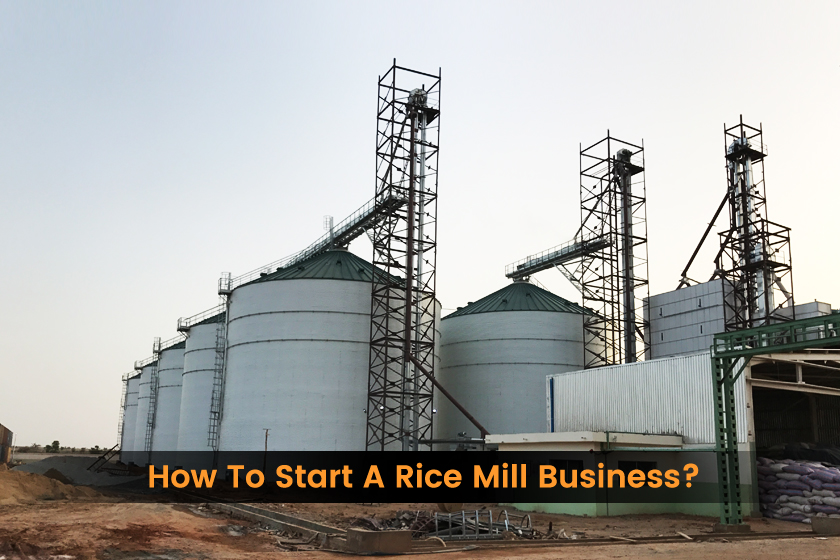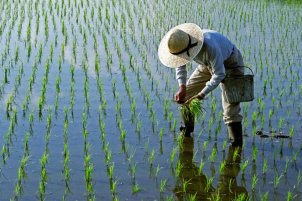Rice milling denotes the process for removal of husk and bran from paddy grains in order to produce polished rice. Rice is one of man’s consumed staple foods and helps sustain two-thirds of the world’s population. Its demand is huge and ever growing as it is central to life for thousands of millions.
Global rice production in 2008-09 is 460 million tons while consumption stood at around 446 million tons. India produces around 7 mn tonnes yearly with the majority of it being during Kharif season- almost 86.5%. Another Indian peculiarity –sales are mainly determined by government agencies and Government suggests Minimum Support Price for paddy and purchases 20-25% of total rice production in the country as a levy.
Rice Mills & Rice Processing are mostly controlled by the government in another way: for setting up a Rice Mill, a license is required that sets out extensive terms and conditions. So getting a Rice Mill Consultant who is not only Rice Mill Engineers & Designers, but help you in nitty grities in India is most helpful.
Setting Up A Rice Mill In India
As the major raw material is rice cultivated by the rice farmers it is easily available and almost endless. Locally people for dehusking are easily available. Apart from locally available raw materials, another advantage is that local employment is being produced that creates a positive environment.
Moreover, as the rice husk can be used to create poultry feed and sheep feed and even edible oils, the rice mill is profitable from early on. However, the complex terms and conditions set for obtaining a license are a dampener, for which Rice Mill Project Consultant who can act as a Storage Silo Project Consultant is advisable.
Nextech Grain Processing & Engineering Solutions Pvt. Ltd. is a 360-degree rice mill consultants with 10 years experience – and being promoted by two professionals with a definite edge over competitors in terms of detailed engineering and process control knowhow.
Before going for execution, the rice milling type needs to be decided. Commercial milling where rice undergoes a series of modern rice milling process using modern Rice Milling Machines, before being marketed is a large scale process.
The processes involve:
• Pre-cleaning
• Dehusking
• Paddy removal
• Polishing or whitening
• Grading and separation of white rice
• Mixing
• Mist polishing
• Weighing of rice
• Bagging of rice
Apart from acquiring a significant starting capital, the critical point is to acquire the required know-how. Besides Market size, targeting is important for planning a strategy. Research and know about the rice milling business is very important.
A rice milling business plan is very important containing investments required, the number of people you intend to hire, profit and loss analysis, cash flow analysis and the projected rice mill business.
After a well-located land is acquired, a structure with a place for drying and storing, and incorporating security is important. Rice Mill Project Consultant helps contact Rice Mill Plant Manufacturer in India and acquire Rice Mill Machinery for the mill.
 MAIL US :
MAIL US :
 CALL US :
>
CALL US :
>

